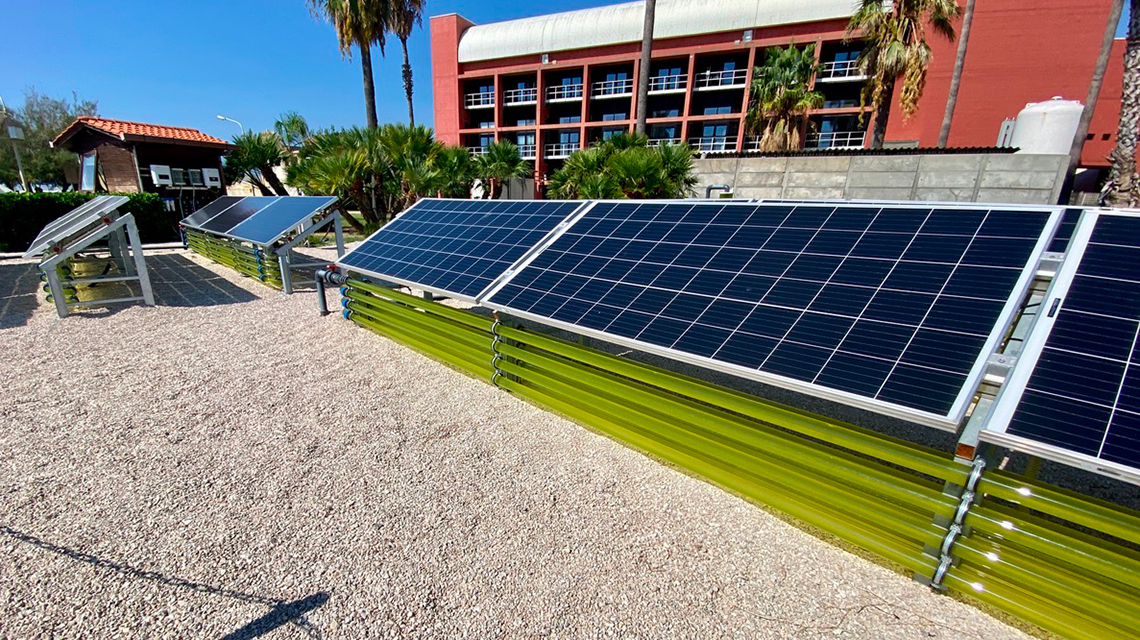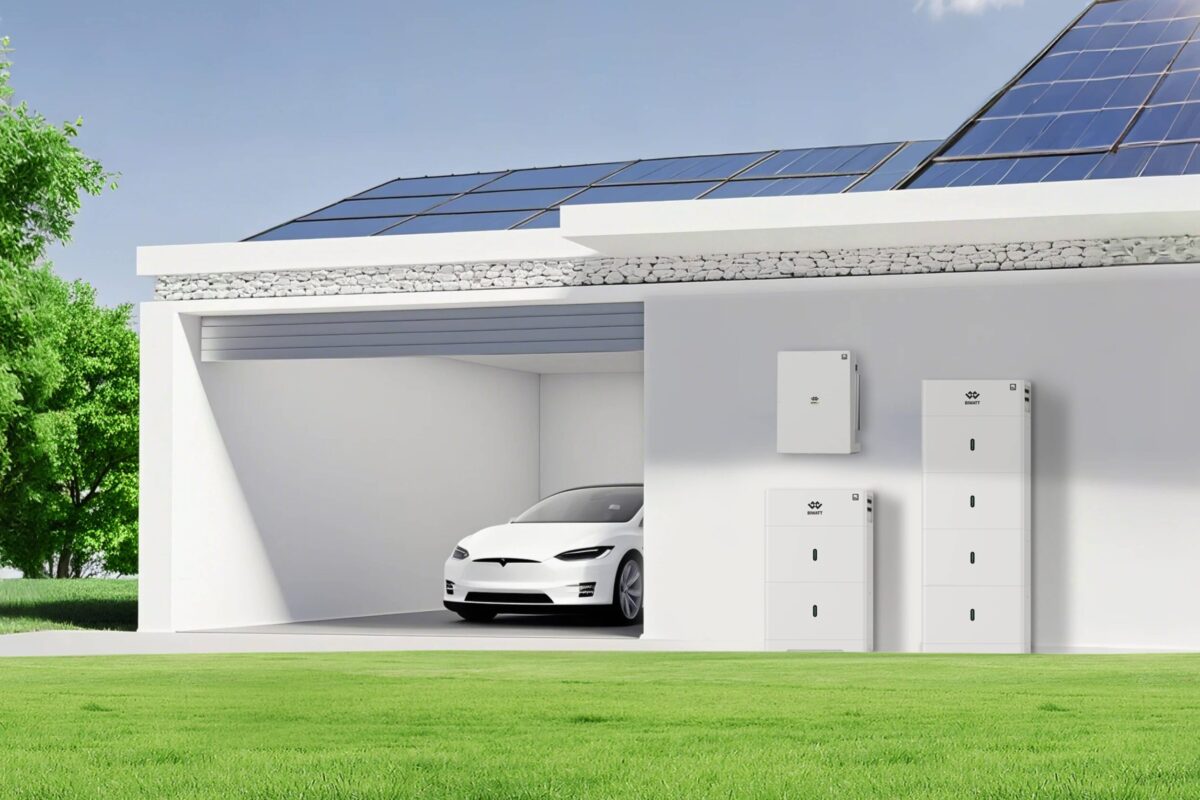From pv magazine Italy
Italian research agency ENEA and Enel Green Power, the renewable energy unit of Italian utility Enel, have developed a PV system that could be used in combination with the production of microalgae for food, cosmetic and pharmaceutical use.
“The algovoltaic plant, just completed at the ENEA Research Center in Portici, Naples, as part of an agreement between ENEA and Enel Green Power, allows an annual production of approximately 30 kg of dried algae on a surface area of 40 m2 and a power of 7 kW,” said the Italian research entity.
The system allows the cultivation of microalgae with a high commercial value, from €100/kg to €600/kg for pharmaceutical or cosmetic use, through a fully automated cultivation system integrated with the solar array.
“Algae allow us to exploit the energy coming from the sun better than traditional crops since they have greater photosynthetic efficiency,” said Carmine Cancro, a researcher at the ENEA Smart Grid and Energy Networks laboratory at the Portici Research Centre. “Furthermore, they have a high environmental value as they consume carbon dioxide, transforming it into biomass through photosynthesis and releasing pure oxygen into the atmosphere.”
Cancro said that the system could also be used to retrofit existing PV systems.
The microalgae thrive in an aqueous solution flowing within transparent glass tubes positioned beneath the PV modules, shielded from direct sunlight. These modules are arranged in two parallel vertical arrays and interconnected to form a continuous coil that facilitates fluid circulation.
Thanks to the photosynthesis triggered by solar energy and the consequent absorption of carbon dioxide, the microalgae grow within the solution until they reach a density and a state of maturation such that they can be collected, through a powerful centrifuge that separates them from the water.
This content is protected by copyright and may not be reused. If you want to cooperate with us and would like to reuse some of our content, please contact: editors@pv-magazine.com.



1 comment
By submitting this form you agree to pv magazine using your data for the purposes of publishing your comment.
Your personal data will only be disclosed or otherwise transmitted to third parties for the purposes of spam filtering or if this is necessary for technical maintenance of the website. Any other transfer to third parties will not take place unless this is justified on the basis of applicable data protection regulations or if pv magazine is legally obliged to do so.
You may revoke this consent at any time with effect for the future, in which case your personal data will be deleted immediately. Otherwise, your data will be deleted if pv magazine has processed your request or the purpose of data storage is fulfilled.
Further information on data privacy can be found in our Data Protection Policy.